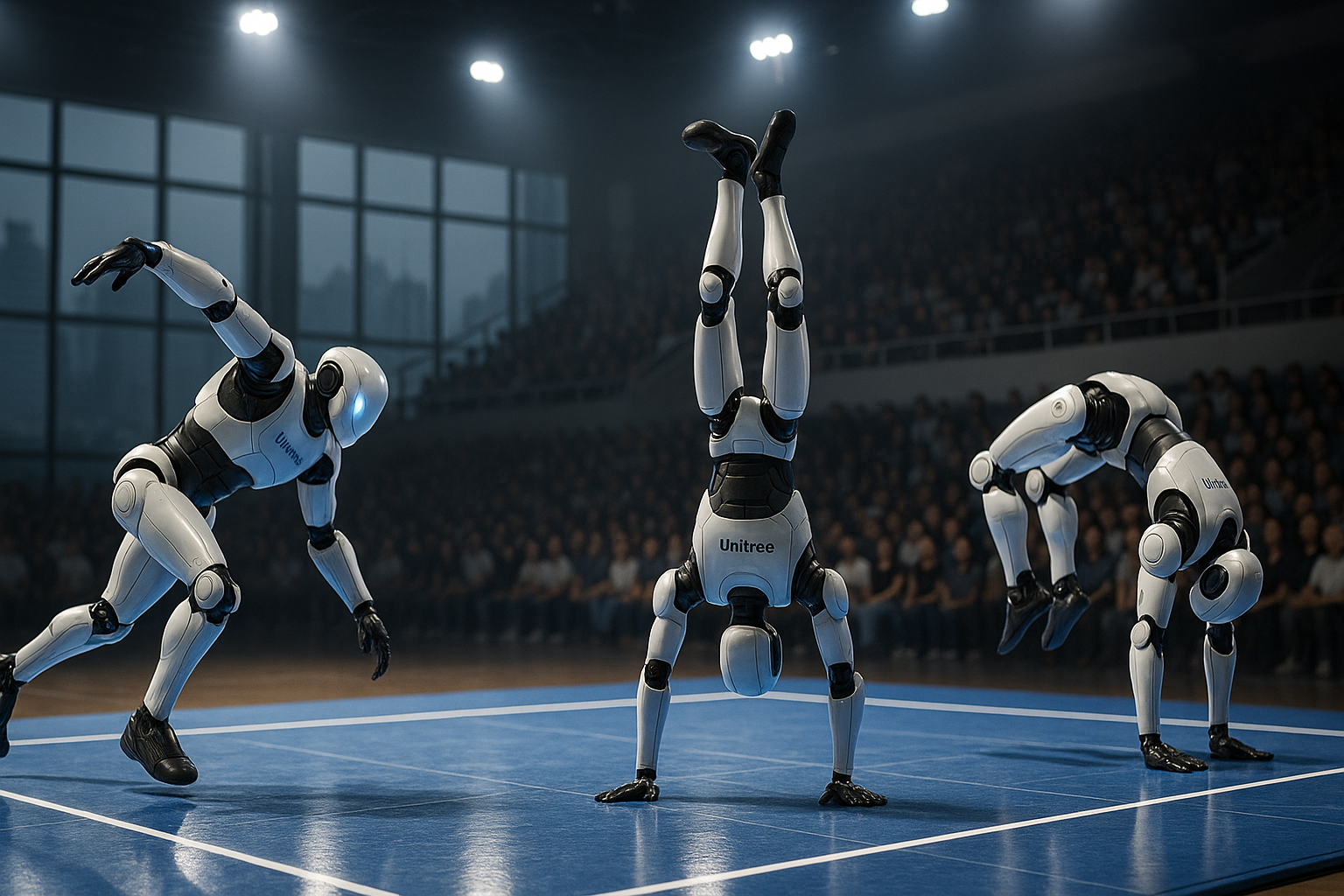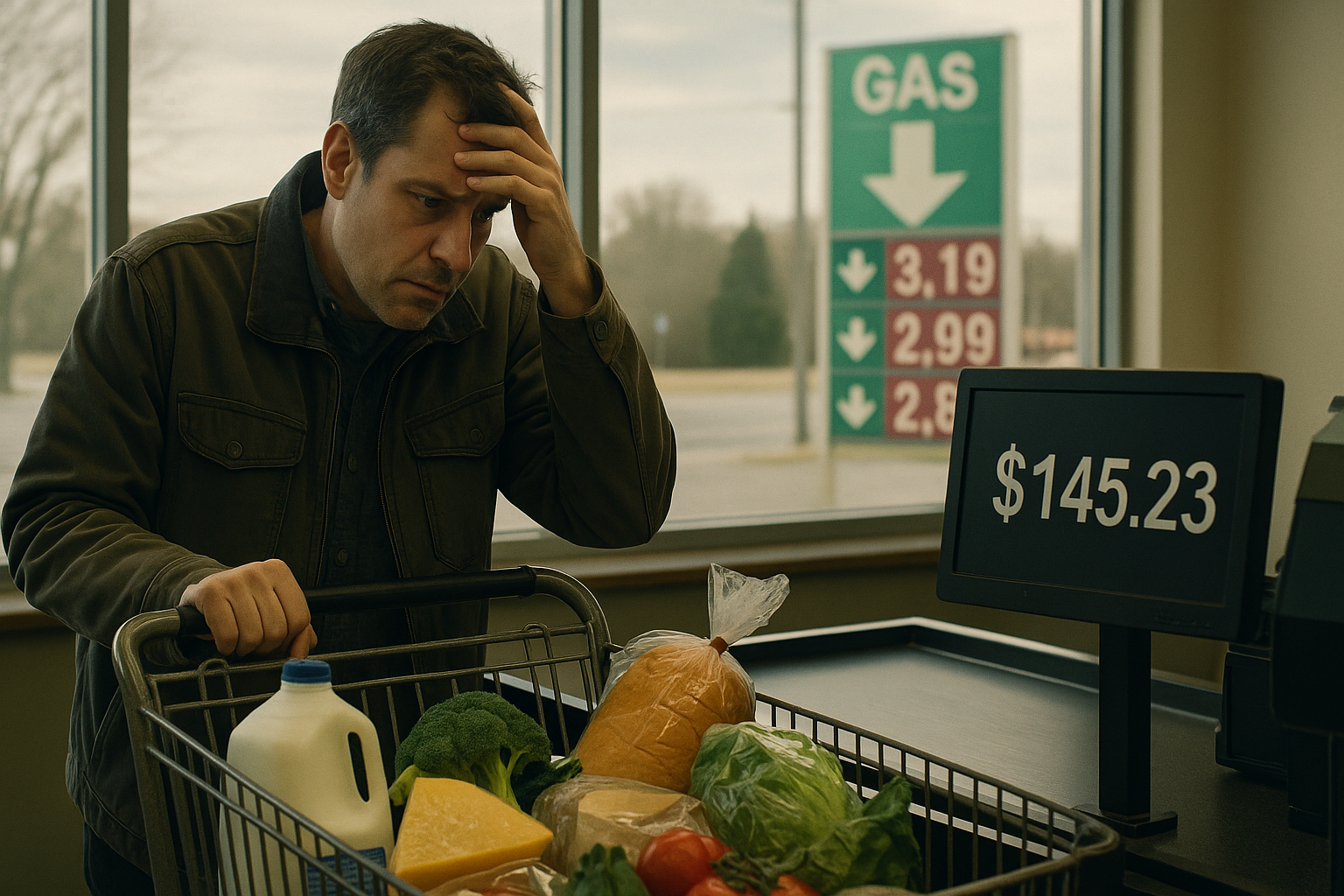The first glimpse of Tesla's Robotaxi navigating Austin streets has emerged, and boy, it's something to behold—though not in the triumphant way Elon Musk surely hoped for.
In what can only be described as a white-knuckle moment, the video shows Tesla's autonomous vehicle attempting a left turn while pedestrians are still crossing (driving instructor nightmare #1), then freezing mid-intersection during a regular green light. The vehicle sits there—perfectly positioned for a potential T-bone collision—before making that peculiar half-commitment move: the tentative roll forward.
I've seen drunk college students show better judgment at 2 a.m.
What's happening here isn't just a technical glitch. It's the inevitable collision between reality and Tesla's stubborn insistence on a vision-only approach to self-driving. While Waymo and other competitors have embraced the full buffet of sensing technologies—lidar, radar, ultrasonic, you name it—Tesla has dug in its heels on cameras alone.
It's a bit like showing up to a gunfight with a particularly sharp pencil. Might work in theory, but...
The timing couldn't be more intriguing. This embarrassing debut comes as Tesla braces for what many analysts (myself included) expect to be a rough quarterly report in July. Having tracked Tesla's financials since 2019, I've noticed a pattern—when numbers look shaky, something shiny appears to distract investors.
Look, there are two ways to interpret what we're seeing:
First possibility? This is classic misdirection. Tesla rushes an unready technology into the spotlight to shift attention away from declining margins and cooling demand. It's the corporate equivalent of "Hey, look over there!" while the company slides the disappointing financials under the rug.
Second possibility? This isn't a bug but a feature. Tesla's camera-only approach might be fundamentally incapable of achieving the safety standards required for autonomous driving. What we witnessed wasn't an aberration—it was the system operating at its current capability.
Neither scenario should comfort investors.
I should be transparent here. I currently hold a position in TSLQ, an ETF designed to deliver twice the inverse of Tesla's daily performance. In plain English: if Tesla stumbles, my investment gains. I expect their July earnings might trigger exactly that stumble, potentially driving shares down to the $200 range.
But beyond my position, there's a bigger question here about autonomous driving as a whole. The industry has developed something of a credibility gap—repeatedly promising that self-driving cars are "just around the corner" while that corner keeps moving further away.
Tesla's philosophical approach represents a genuine divergence from industry consensus. Most autonomous vehicle developers operate on a redundancy principle—multiple types of sensors cross-checking each other's perceptions. Tesla, meanwhile, argues that since humans drive using primarily vision, machines should too.
It's an elegant argument. Almost poetic.
It would also be more compelling if humans were particularly good drivers, which—have you been on a highway lately?—they definitely aren't.
The fascinating parallel is how Tesla's autonomous approach has become the perfect metaphor for their stock: caught in the middle of the intersection, uncertain whether to commit or retreat, with danger approaching from multiple directions.
As for me? I'll be watching from a safe distance, clipboard in hand.




